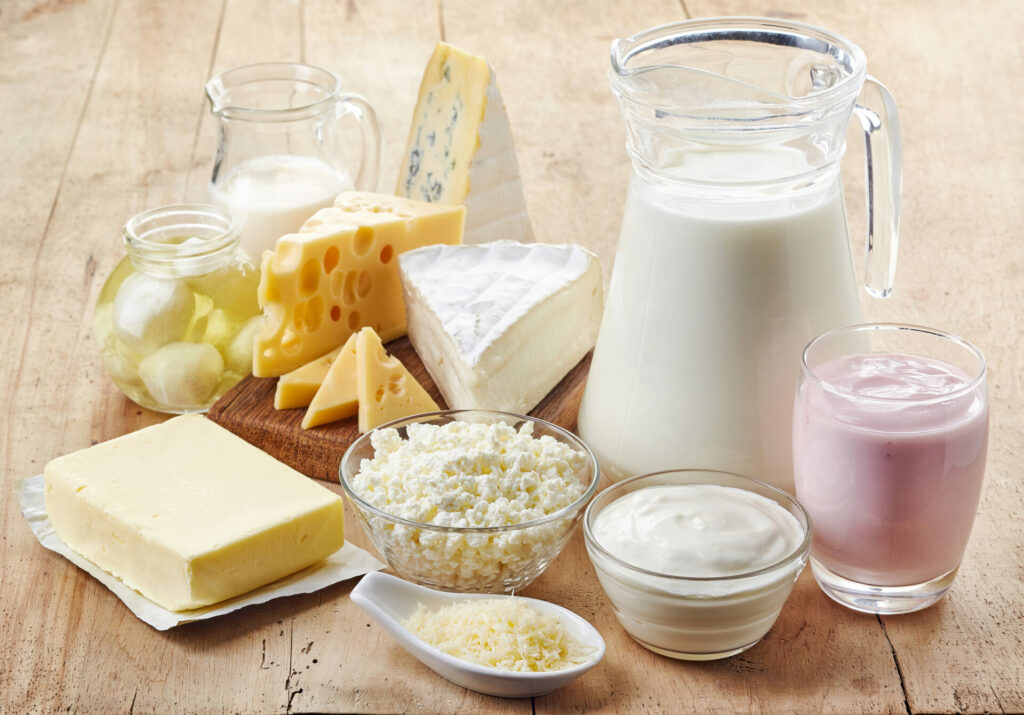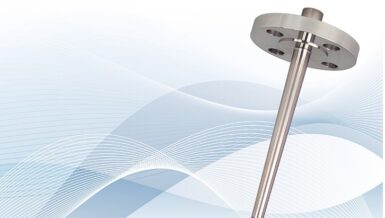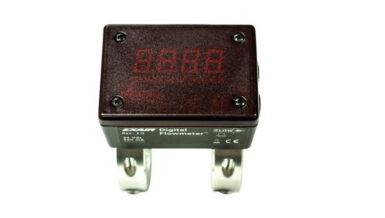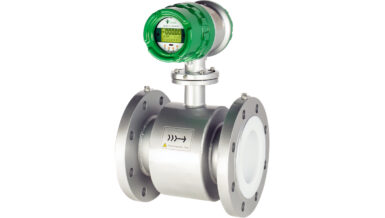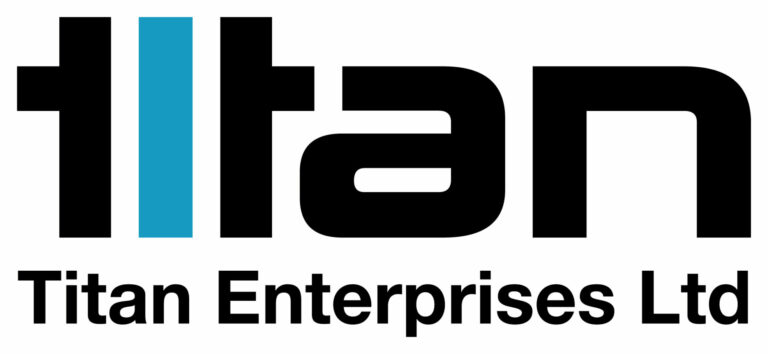Plate heat exchangers are commonly used for heating or cooling simple non-viscous products such as milk, but more specialist products need more advanced heat exchanger technology. A wide range of options exist when it comes to selecting the best heat exchange equipment, whether for pasteurizing, cooling or even heating to air transport and processing. The texture and viscosity of dairy products is not only an important quality parameter, but it also influences how they behave during production and processing and this influences the choice of heat exchange equipment.
For example, cream needs gentle handling to prevent curdling and so corrugated tube heat exchangers, such as those supplied by HRS. If you over work cream you end up with butter, which is why a number of dairy producers have chosen HRS tubular heat exchangers. Such units provide a number of advantages over gasketed plate or smooth tube designs, the biggest of them being that heat transfer is increased, particularly at higher flow rates. In turn this means that less heat transfer area is required, resulting in a shorter, more compact design and associated cost savings due to the design. Maintaining the ideal temperature of the products like cream is also vital for maintaining the quality of the finished product while facilitating its handling in factories.
Corrugated tube heat exchangers also have a lower pumping requirement than other tube-type heat exchangers as their compact nature results in a lower pressure drop during the heat exchange process. This helps contribute to the long operational life and reduced maintenance of the unit.
Other dairy products have different requirements. For example, in some types of curd and whey production, acid is added directly to the milk – as opposed to adding bacteria to turn the lactose into lactic acid. However, this traditional method creates a problem when you want to heat or cool the solution as the curd can be very, very small. This means that when pumped, you get curd mixed into the whey portion, so you need a corrugated tube heat exchanger because plate heat exchangers easily become blocked with the small bits of curd.
Viscosity, which is a measure of texture, is measured in units called centipose (cP) with one cP being equal to 1 mPa sec-1 (millipascal per second). Dairy products have a wide range of viscosity, from liquid milk which has a value of 2.0 cP at 18 °C, through 45% fat cream (48 cP) to yogurt (152 cP at 40 °C) and cheese (30,000 cP).

Using tubular heat exchangers can provide a number of benefits for viscous dairy products. The main advantage is the gentle handling which maintains the key viscosity characteristics of the product such as texture and mouth-feel. But there are many other benefits from using tubular heat exchangers in the dairy sector. Innovations such as corrugated or scraped tubes help maintain flow and reduce fouling, improving cleaning-in-place procedures and reducing maintenance. Consequently, tubular heat exchangers feature improved service life which is an important consideration when calculating return on investment.
Even tubular heat exchangers may be unsuitable for some applications. For example, HRS has replaced heat exchangers based on a series of half-inch and one-inch tubes with its patented Unicus Series reciprocating scraped surface heat exchanger. The original tubes generated high pressure and lead to shearing of the fluid. Replacing it with an HRS Unicus using seven 3-inch tubes resolved the pressure issues while the oscillating cleaning system was much gentler than a rotary scraped surface heat exchanger.
Whatever dairy product you are looking to pasteurize, heat or cool, understanding its properties is crucial in specifying the best system: one which will not result in adverse effects on the quality of your product.



